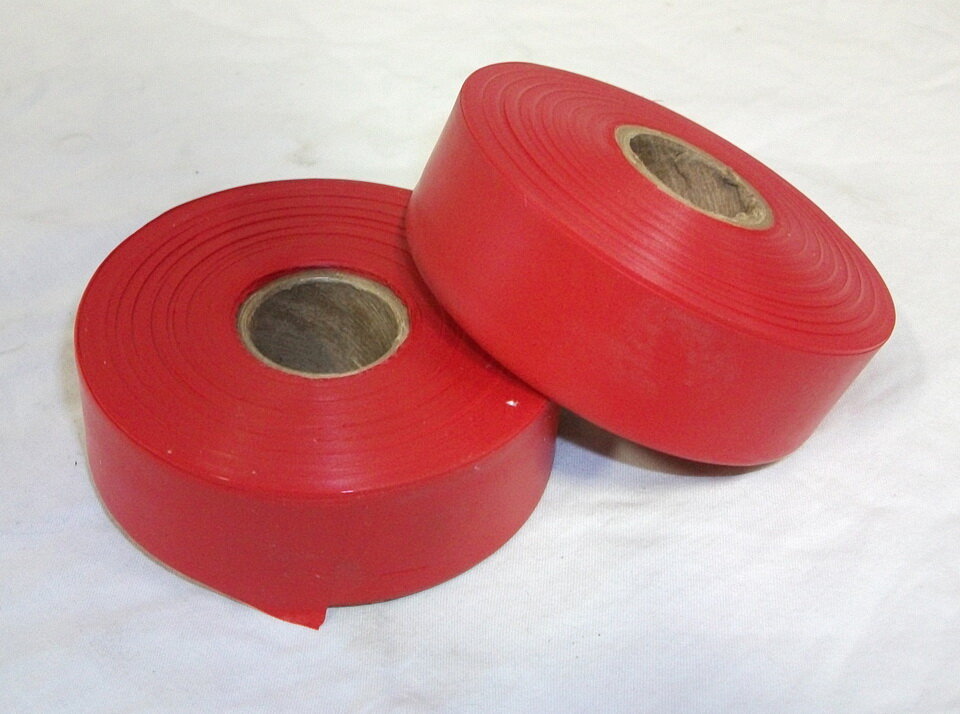Far North Friday #55: Smarter Than An Average Monkey
Early in my career, I worked one winter based out of Pickle Lake, Ontario, Canada. I was the very junior geologist - well, the only geologist in that field office. My job was to do what ever I was asked to do.
One day, the diamond drill foreman asked (told) me to take a ski-doo, find, and flag a trail to a small lake. Their plan was to drag a diamond drill into the lake using a skidder (a tractor used primarily for logging). It was spring. The days were warming. There was a lot of snow that softened during the day.
The next morning, I loaded up the ski-doo and drove to an old trail that seemed to head to the lake. This should be easy, I thought. I dragged the ski-doo out of the truck box, fired it up, and headed down the path. Within a couple of hundred metres, I bogged down in deep, soft snow. I was up to my waist trying to drag the ski-doo back a few metres, then drove forward over the packed trail, only to get bogged down again about 2 metres further. After several repeated efforts, I thought “this is nuts”. I gave up, determined to return the next day before sunrise, when the snow was still hard.
The next morning, I returned - in the dark - and took off down the trail. It was easy going along the hardened trail I started the day before, but it was slow going along the unbroken trail. Success! I made it to a ravine about 30 minutes later. The lake was on the other side of the ravine, separated from me by a steep ridge.
My job? Find a trail suitable for a skidder to drag the diamond drill to the frozen lake. My plan? Try every approach possible to get the ski-doo up that steep ridge. I made 20+ attempts along the half kilometre of ridge, each time using a different path. To avoid confusion, I tied fluorescent red flagging tape on a tree to mark the failed paths. Try, fail, mark. Try, fail, mark. Smarter than the average monkey, you are thinking?
Finally, I found a notch in the ridge that reached the lake. The diamond drillers will be pleased. I was proud to represent the honour of geologists everywhere. A geologist can be useful after all. I looked back along the ridge, and thought how lovely it looked, marked with hundreds of pieces of fluorescent red red flags. The notch crossing would be easy to locate because it was the only track not marked by red flags. Makes sense, right?
I returned to Pickle Lake and proudly announced to the diamond drill foreman that I found a path, feeling like I had discovered the source of the Nile River.
The drillers set off the following morning, without me. That evening, I eagerly awaited their return. I anticipated a great celebration. High fives. Praise to geologists. I had saved the company “millions of dollars” because the drill crew had not wasted time searching for a path suitable for the skidder, with diamond drill in tow. Maybe I would get a bonus. No, a promotion!
When the drillers returned, I was met by grim, some would say, angry faces. The foreman was not amused with my effort. From the foreman’s comments, punctuated by very colourful words, I concluded that all that flagging tape had confused the drillers. They wasted the day following my failed attempts, marked by those inviting red flags. I meekly asked if they found the notch. That is when I learned flagging tape is used to MARK THE CHOSEN PATH, not to eliminate the “42” failed attempts. I suppose that made sense - to a driller.
The air was a bit frosty that night - inside the trailer. In the minds of the drillers, I was as useless as all other geologists they had met. My lesson? Using flagging tape to mark failed attempts is not the ideal way to mark a trail. Perhaps I was not smarted that the average monkey. Although the ridge looked cheery dressed in fluorescent red.
Have A Question About This Note?
(Flagging tape photo from: https://summittruckequipment.ca/product/flagging-tape-2/)
Feb. 19/21 (Facebook Feb. 12/21).
